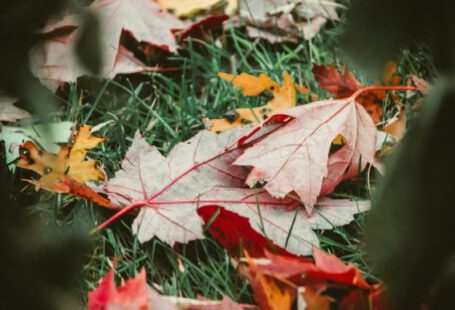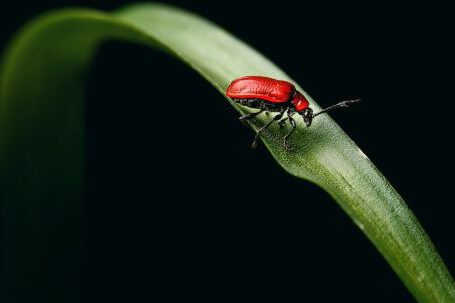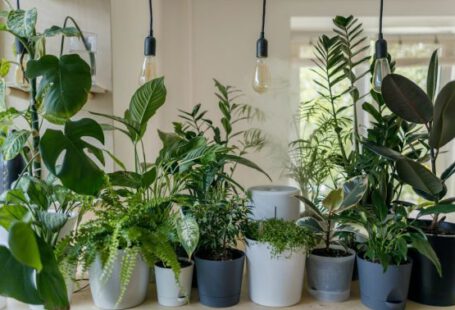Gardening enthusiasts often find themselves faced with the dilemma of whether to plant annuals or perennials in their flower beds. While each type of plant has its own unique qualities and benefits, there is a growing trend towards mixing annuals and perennials in the same bed. This approach offers numerous advantages and can create a visually stunning and dynamic garden. In this article, we will explore the benefits of mixing annuals and perennials and provide some tips for successfully combining these plants in your own garden.
Benefits of Mixing Annuals and Perennials
Enhanced Visual Appeal: One of the main benefits of mixing annuals and perennials is the enhanced visual appeal it brings to your garden. The combination of different colors, textures, and heights creates an interesting and dynamic landscape that is constantly changing throughout the seasons. Annuals provide vibrant bursts of color, while perennials add structure and continuity to the garden.
Extended Blooming Period: By mixing annuals and perennials, you can extend the blooming period in your garden. Perennials typically have a specific blooming period, while annuals can bloom continuously throughout the season. By strategically placing annuals among your perennials, you can ensure that there is always something in bloom, keeping your garden vibrant and lively.
Increased Biodiversity: Mixing annuals and perennials promotes biodiversity in your garden. Different plants attract a variety of pollinators, such as bees and butterflies, which are essential for plant reproduction. By creating a diverse garden, you are providing a habitat for a range of beneficial insects and wildlife.
Tips for Mixing Annuals and Perennials
Choose Complementary Plants: When mixing annuals and perennials, it is important to choose plants that will complement each other. Consider the color, texture, and height of each plant to ensure they harmonize well together. For example, you could pair tall and spiky perennials with low-growing annuals to create a visually appealing contrast.
Consider Bloom Times: Another important factor to consider when mixing annuals and perennials is their bloom times. Choose plants that have overlapping bloom periods to ensure a continuous display of flowers throughout the season. This way, you can avoid having empty spaces in your garden when one type of plant is not in bloom.
Provide Adequate Space: It is crucial to provide adequate space for each plant to grow and thrive. Consider the mature size of both annuals and perennials when planning your garden layout. Overcrowding can lead to competition for resources and hinder the growth of your plants. Leave enough space between each plant to allow for proper air circulation and to prevent the spread of diseases.
Maintenance and Care: Mixing annuals and perennials may require different maintenance and care routines. Annuals often require more frequent watering and fertilizing, while perennials are generally more resilient and require less attention. Be sure to research the specific care needs of each plant and provide them with the necessary care to ensure their health and longevity.
In conclusion, mixing annuals and perennials in the same bed can create a visually stunning and dynamic garden. The combination of different colors, textures, and heights adds visual appeal and interest to your landscape. By carefully choosing complementary plants and considering their bloom times, you can ensure a continuous display of flowers throughout the season. Additionally, mixing annuals and perennials promotes biodiversity and attracts a variety of beneficial insects and wildlife. With proper planning and care, you can successfully mix annuals and perennials in your garden and enjoy the many benefits they offer.





